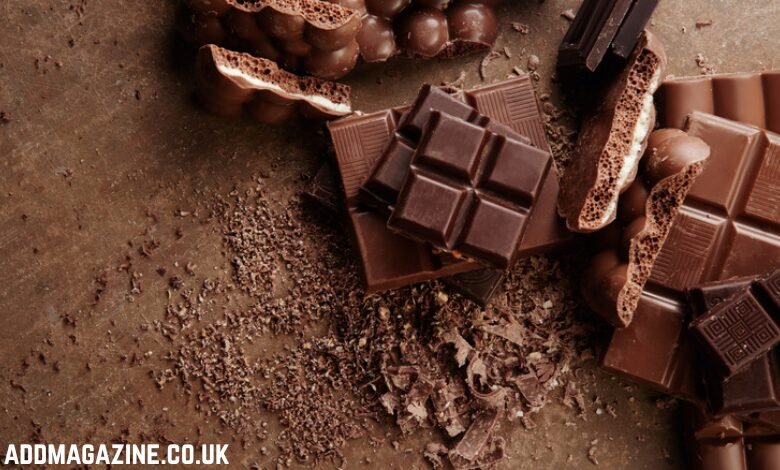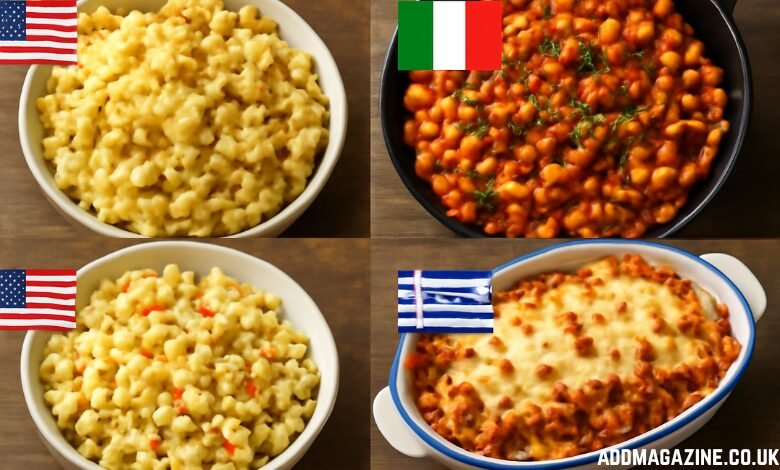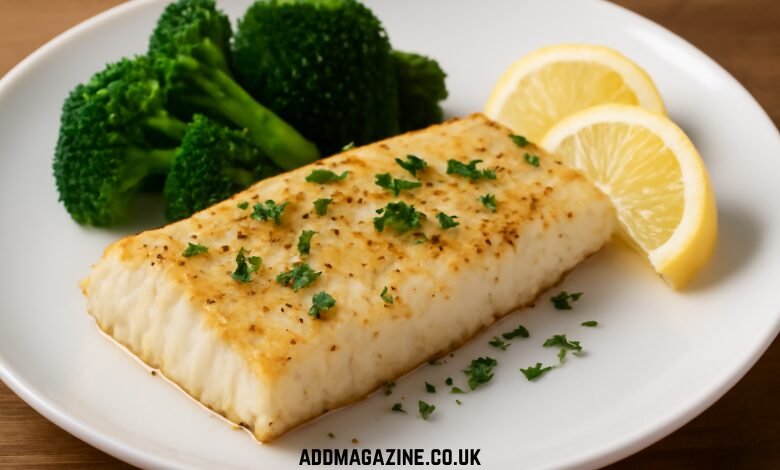Let’s be honest, once you’ve had real European chocolate, everything else just kind of fades into the background. It’s like, you take that first bite and suddenly you understand what the hype’s about. There’s this silky, melt-in-your-mouth thing going on, and the smell alone—seriously, it’s almost unfair to other chocolate. It doesn’t just wham-bam disappear, either; it hangs out, letting you soak in all those flavors. You can practically taste the care someone put into making it, which, let’s face it, is pretty rare in a world full of plastic-wrapped sugar bombs.
European chocolate isn’t just a dessert—it’s a whole vibe. People there actually treat it like a small luxury, not just a cheap sugar fix. You walk into a little shop in Brussels or Zurich, and it feels more like an art gallery than a candy store. There’s pride, there’s tradition, and, yeah, maybe a tiny bit of chocolate snobbery, but honestly? It’s totally deserved.
Ingredients
Now, when it comes to what makes European chocolate so ridiculously good, it all starts with the ingredients. The rules over there are no joke—they’ve got entire laws about what counts as real chocolate. No shortcuts, no oddball oils. They’re strict about using actual cocoa butter, which gives the chocolate that melt and texture you just don’t get with the cheap stuff. You know that waxy feeling you sometimes get from other chocolates? Yeah, you can blame vegetable oil for that one. With European chocolate, it’s cocoa butter all the way, and your taste buds can tell.
And don’t even get me started on the milk. The Swiss and Germans, especially, use this super high-quality Alpine milk. There’s just something about it—maybe it’s the cows, maybe it’s the fresh air, who knows?—but it makes the chocolate extra creamy and smooth. That’s why brands that produce and offer chocolate by Milka on Europafood.com basically taste like a hug from the Alps. It’s cheesy, but it’s true.
Another thing—sugar. American chocolate tends to go nuts with the sugar, almost like they’re trying to cover up everything else. In Europe, they actually let the cocoa shine through. The sweetness is balanced, not overpowering, so you get all those deep, roasty flavors instead of just getting smacked in the face by sugar. It’s like the difference between sipping a nice coffee and chugging a can of soda.
Craftsmanship
But here’s where it gets even cooler: the people making this chocolate? It’s not just a job for them. In a lot of these European towns, chocolate making is a family business that’s been passed down for generations. You’ll find grandmas and grandkids, all working together, sticking to old-school recipes and refusing to cut corners. Take Belgium—those chocolatiers treat every single praline like it’s their legacy on the line. They’re all about precision, patience, and making sure every piece is just right. Over in Switzerland, they’ve basically turned tempering chocolate into a science. That’s why Swiss chocolate snaps perfectly and has that glossy, magazine-cover look.
And it’s not just the famous places, either. Even in countries you wouldn’t immediately think of, like Austria or the Netherlands, the attitude’s the same: if you’re gonna make chocolate, you better do it right. No shortcuts, no rushing. Every step, from roasting the beans to wrapping the final bar, gets the full treatment. That kind of dedication shows up in every single bite.
Culinary Art
But maybe the best part is how Europeans actually eat their chocolate. It’s not something you mindlessly munch while binging TV. It’s more like a ritual. You have a square or two with your afternoon coffee, or you give a beautiful box as a gift. It’s about slowing down and really enjoying it, not just wolfing down a whole bag of candy because you’re bored. There’s this whole “less is more” thing going on, and trust me, when the chocolate’s this good, you don’t need a lot.
And then there’s the creativity. Artisan chocolatiers in Europe love to experiment, but they’re not trying to shock you with weird flavors just for the heck of it. They add sea salt, a splash of liqueur, roasted hazelnuts—stuff that makes sense and brings out the best in the chocolate. It’s all about balance; every new idea has to fit into the overall harmony of the bar or bonbon.
So, why does European chocolate stand out? It’s a mix of strict rules, top-notch ingredients, a crazy amount of skill, and—maybe most importantly—real love for the craft. People over there don’t just want you to buy their chocolate; they want you to remember it, to savor it, to maybe smile a little bigger when you eat it. And honestly, once you’ve had a taste, it’s pretty much impossible to go back to the bland, waxy stuff pretending to be chocolate. Life’s too short for bad chocolate, right?
Regulation
Every European region has its own chocolate personality. In France, chocolate tends to be elegant and aromatic, often blended with fruit or infused with floral notes. Belgian chocolate is all about precision and filling variety — pralines with hazelnut cream, ganache, or caramel. Swiss chocolate leans toward creamy and velvety, perfect for those who love balance and smoothness.
Meanwhile, Germany often takes a heartier approach. German chocolates are known for their bold cocoa content and slightly less sweetness, appealing to those who prefer a more pronounced flavor. In Italy, chocolate frequently pairs with nuts — especially hazelnuts from Piedmont — creating the foundation for beloved creations like gianduja and spreads that inspired Nutella.
Even Eastern Europe has its own traditions: Polish and Czech chocolates often include wafer layers, fruit fillings, or nostalgic designs that evoke childhood memories. Together, these diverse styles show that Europe doesn’t just produce chocolate — it celebrates it.
Quality Control and Legal Standards
But here’s the thing about European chocolate—there’s a reason it’s so good, and it’s not just the recipes. The whole continent is obsessed with quality. The EU has all these rules about what can actually be called chocolate. Like, if you want to sell something as milk chocolate, it’s got to have at least 25% cocoa solids. No cheating, no shortcuts. In some other places, you can get away with a lot less, but not here. You can actually taste that higher standard—there’s no weird waxy texture or fake vanilla flavor. Just real-deal chocolate.
Plus, a ton of European chocolate makers care about where their cocoa comes from. They work directly with farmers, they get into fair-trade, and they want to make sure everyone along the chain is treated right. It’s not just about making money—it’s about doing the right thing, which kind of makes the chocolate taste even better, if you ask me.
Let’s not forget how much the weather matters. Europe’s got this cool, temperate climate that’s basically perfect for chocolate. You won’t find your favorite truffles melting into puddles in the shop window. This means you get to stroll along, window-shopping, and actually see all those beautiful creations just begging you to try them. And when it’s cold outside, nothing beats ducking into a cozy café, grabbing a hot drink, and treating yourself to a square (or a whole bar, no judgment) of chocolate. It’s not just food, it’s an experience—a little ritual that makes even an ordinary day feel special.
And seriously, the pride these chocolatiers take in their craft? Next level. They’re not just churning out candy; they’re making little bites of happiness. The packaging isn’t loud or childish—it’s elegant, understated, the kind of thing you give as a gift to someone you really like (or, let’s be real, to yourself on a rough day). It’s all about the details, from the shine on the chocolate to the snap when you break a piece.
So, why does European chocolate just hit differently? It’s not just the ingredients, it’s the whole vibe. Patience, tradition, a stubborn refusal to cut corners—all wrapped up in a bar that tells a story with every bite. Each country brings its own flavor to the table, and together, they’ve created a chocolate culture that’s honestly kind of legendary.
Next time you’ve got a piece of European chocolate melting in your mouth, slow down a sec. Think about the journey it took to get to you—the farmers, the chocolatiers, the centuries of tradition, the rules that keep the quality high, and the love that goes into every step. It’s more than just a sweet treat; it’s a little piece of history, culture, and pure joy. And that’s something worth savoring, every single time.




